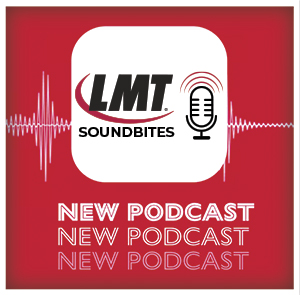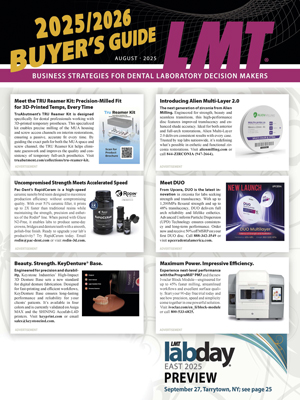Reduce expenses and add cash to your lab!
It takes cash to run a dental lab. Money is spent daily on everything from payroll to tools to implants to air conditioning to out-sourcing. What is not done very well is managing those expenses associated running the lab. And that management effort can mean the difference between profit and loss.
Aggressively controlling costs in the dental lab is a solid and necessary business strategy and most labs make efforts in this area. So why is it cost control never seems to deliver the desired profitability? The answer is simple really. It’s because there is only a limited amount of variable cost that can be impacted in a dental laboratory, and since fixed cost by definition is pretty much fixed, it’s really hard to “save” your way to prosperity.
Expense management starts with understanding the cost-revenue structure of the lab. Most labs have a good idea how much revenue is being generated by a given customer, but do not hold accurate information on what their costs really are associated with producing those items.
Your lab spends money in three areas: Material, Labor and Overhead. Material is the stuff that you use build products (teeth, wax, stain, metals, zirconium, out-sourced items). Labor is the salary and wages you pay for straight and overtime hours. And Overhead is everything else that is paid for each month(electricity, insurances, new equipment, shipping, delivery cars, mortgage/rent).
The first step is to collect data on your Material expenses and create a graph that shows how money is being spent. It is not necessary to graph every item in your inventory, but a review of your Profit/loss statement will point you in the right direction. Suggested items to track include high-cost materials such as components, zirconium pucks and lower-cost items such as teeth, gypsums, stain/glaze. The data you collect will aid greatly in identifying lower cost sources, provide a solid base to negotiate better pricing with current suppliers and help you manage your cash proactively.
The next step is to collect information on your Labor costs. It is necessary to develop a spread sheet to determine the range of salary being paid, compared with industry standards, frequency of increases, and what the salary ranges need to be. Many labs struggle with employees who continue to benefit from salaries that are not in line with their skill set or productivity. While this is not a comfortable issue to address, good expense management methods cannot ignore such a waste of operating cash. Many labs express a desire to manage overtime, yet very few have a solid idea of just where and with whom the overtime dollars are being spent. A recent project to control overtime spending revealed that 75% of the overtime dollars were spent on four employees (out of 14), of which 3 of them were the highest paid! Once you have determined where your labor dollars are being spent, you have to make the hard choice to adjust salaries, ration overtime, increase output/per employee, and hire people within salary guidelines that match your business model.
Finally, the Overhead expenses category is biggest in terms of number of items that are typically poorly controlled or not controlled at all. While some might call this “the cost of doing business”, Overhead typically can consume as much as 35% of your cash. Overhead typically includes rent, heat, electricity, autos, insurances, shipping and “consumables”. The term “consumables” is used to describe all the stuff that is needed to build product. This includes burrs, gloves, hand tools, distilled water, packing materials, printer paper, scanning spray. Consumables quite often are invisible, seen as a “necessary evil” but when added together add up to a sizeable amount of cash. One lab was spending $2140/month for cutting burrs, prior to aggressively managing them, which led to a savings of $800/month. Everything that appears as Overhead can be a target for reduction.
It takes cash to run a dental lab. Figure out where that cash is going, prioritize the actions and implement corrective actions. The more cash you keep, makes running the lab that much easier. And that management effort can mean the difference between profit and loss.











